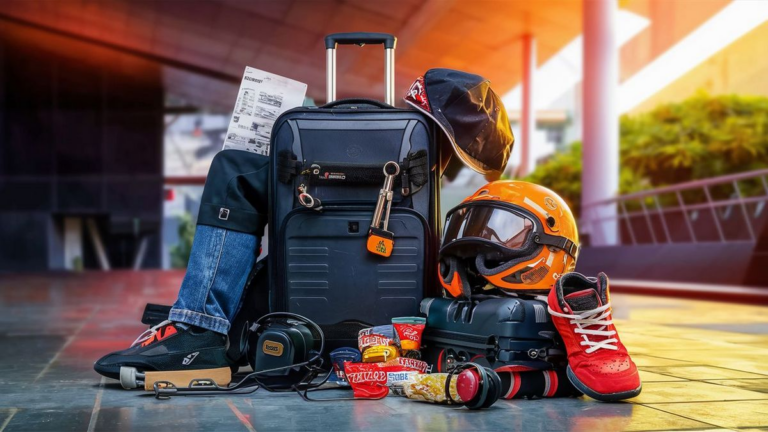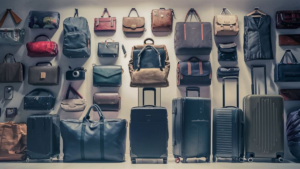Traveling with sports equipment often raises questions regarding what can and cannot be brought aboard a plane. Skateboarding enthusiasts frequently inquire about the possibility of taking their beloved boards along for the journey. Let’s delve into the regulations and considerations surrounding carrying a skateboard onto a plane.
Understanding Airline Policies
First and foremost, it’s crucial to familiarize oneself with the policies of the specific airline you’ll be flying with. Each airline may have slightly different rules regarding sports equipment, including skateboards. Some airlines may allow skateboards as carry-on items, while others may require them to be checked as baggage.
Carry-on vs. Checked Baggage
Whether you can bring your skateboard as carry-on luggage or if it needs to be checked largely depends on its size and the airline’s policies. Skateboards typically exceed the size limitations for carry-on items, so they may need to be checked. However, collapsible or smaller skateboards may meet the carry-on size requirements of certain airlines.
Preparing Your Skateboard for Travel
Regardless of whether you’re carrying your skateboard on board or checking it, proper preparation is essential. Here are some tips to ensure your skateboard travels safely:
- Remove any detachable parts, such as trucks or wheels, and pack them separately to prevent damage.
- Consider using a padded skateboard bag or protective covering to shield your board from scratches and dings.
- Secure any loose components or protruding parts to minimize the risk of damage to other luggage or injury to baggage handlers.
Check with the Airline
When in doubt, it’s always best to check directly with the airline you’ll be traveling with. Contact their customer service or review their website for specific information regarding the transportation of sports equipment, including skateboards. This ensures that you have the most up-to-date and accurate information tailored to your travel plans.
While bringing a skateboard on a plane is possible, it’s essential to be aware of airline policies and take the necessary precautions to ensure a smooth travel experience. By understanding the regulations and properly preparing your skateboard for transport, you can enjoy your skateboarding adventures wherever your travels take you.
Additional Tips for Traveling with Sports Equipment
Aside from skateboards, many travelers may wonder about the rules surrounding other sports equipment. Here are some additional tips:
| Sports Equipment | Guidelines |
|---|---|
| Bicycles | Most airlines require bicycles to be properly boxed or bagged and may charge an additional fee. |
| Surfboards | Surfboards are often considered oversized items and may need special handling. Check with your airline for specific policies. |
| Snowboards | Similar to skateboards, snowboards may need to be checked due to their size. Ensure they are well-protected to prevent damage. |
Proper Packaging
When transporting sports equipment, proper packaging is crucial. This not only protects your gear but also ensures the safety of other passengers and airline staff. Invest in sturdy bags or cases designed for your specific equipment to minimize the risk of damage during transit.
Checking Size and Weight Restrictions
Before heading to the airport, double-check the size and weight restrictions imposed by your airline. Exceeding these limitations could result in additional fees or the refusal to transport your equipment. Be proactive and measure your gear beforehand to avoid any last-minute surprises.
Arrive Early
Since transporting sports equipment may require special handling or documentation, it’s advisable to arrive at the airport earlier than usual. This allows ample time for check-in procedures and ensures that any necessary arrangements for your gear can be made without rushing.
Frequently Asked Questions
Here are some common questions related to traveling with sports equipment:
- Can I bring my skateboard as a carry-on item?
- Do I need to disassemble my skateboard before packing it?
- Are there any additional fees for transporting sports equipment?
- What should I do if my sports equipment gets damaged during transit?
See also:






